Green Recovery Challenge Fund - Devon Land & Heritage Ancient Tree Surveys
Megan Dalton and Nic Harrison-White | Land & Heritage, 24/08/2021
In 2021 Land and Heritage working with Devon Wildlife Consultants surveyed 10 National Trust sites
on behalf of The Woodland Trust as part of the Green Recovery Challenge Fund project. The aim was to
determine their status and future threats/needs. The records will be updated on the ATI map shortly.
The blog and images below were produced by Megan Dalton and Nic Harrison-White from Land & Heritage to highlight some of the trees that were recorded during the surveys which stood-out due to their exceptional value.
Lime at SEDA Ringmore
“For those that know it well, our south Devon coastline can be a harsh, hostile wilderness with biting winds and needle rain pushing to drive you back from stormwatching. But another day it can be an equally soft and inviting landscape, with romantic rolling hills studded with historical gems like this wonderful veteran Lime. For me, this tree sums up both characters in one place. Keepsake for a long-lost stonefaced earthbank and bothy as it hugs a winter storm streambed, I can imagine a sheep herder sheltering a sudden storm under its last few clinging leaves, much as I did the day I found it.”
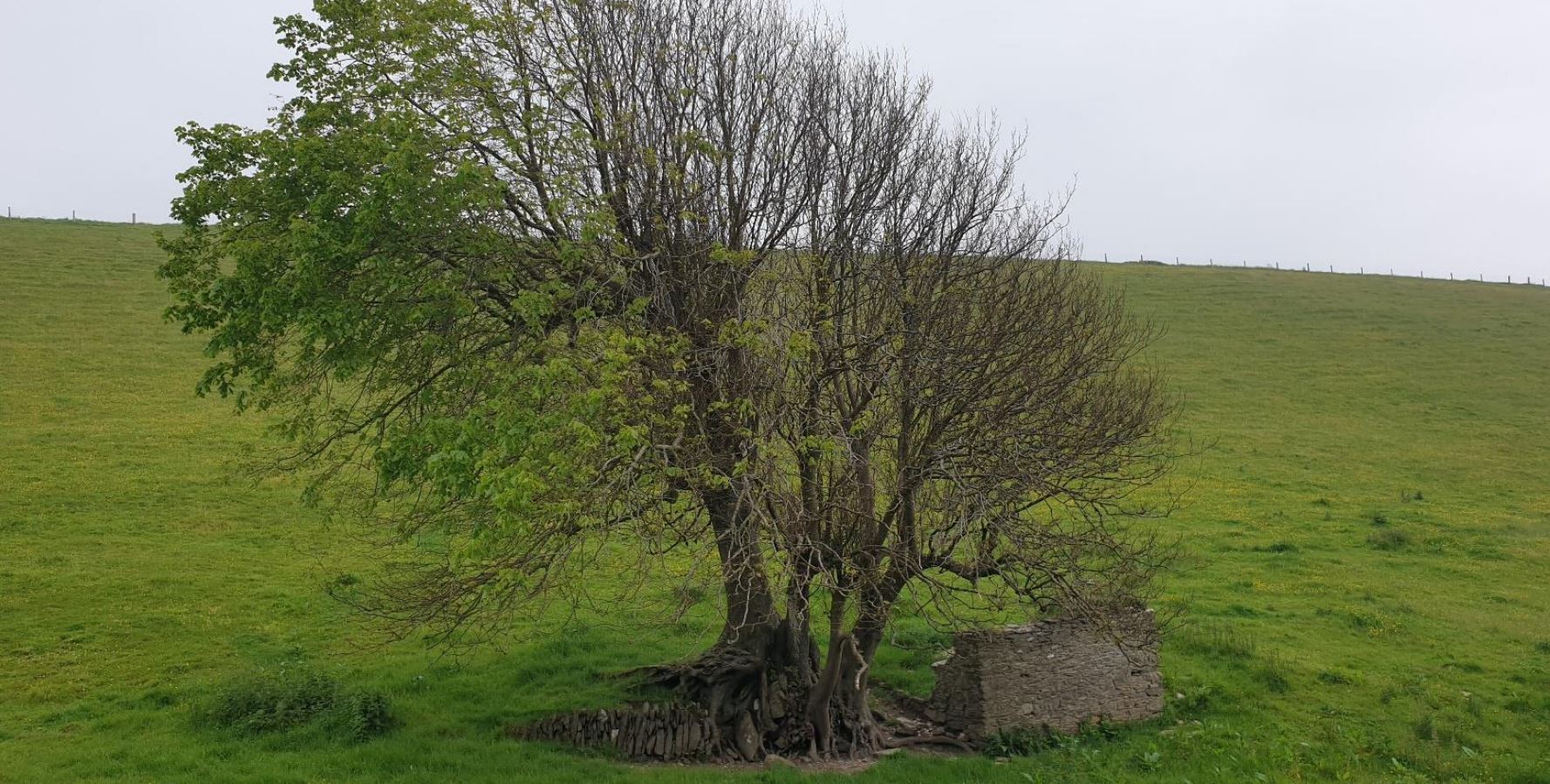
Veteran lime growing next to the remains of an old stone bothy.

The same lime showing the hollowing that has taken place in the base and epicormic growth.

A close up of the base of the tree, showing how the roots have grown around the old bothy ruins.

Another shot of the base of the multi-stemmed lime.
Holly at Buckland Abbey wider estate
“Following the contours of a forgotten hilltop trackway, a line of veteran trees hide amongst the woodlands of Buckland Abbey, waiting for those that wander away from the easier footpaths below. They quietly stand guard marking the contours of a path at Buckland Abbey, walked by quiet and hard-working Cistercian monks as a forgotten shortcut centuries before the National Trust was created to safeguard our historic sites. This giant monolith of an ancient male Holly is just one of a series of three brothers in a line, and the phoenix growth that plumes from each main hollow stem ensures he will stand guard for many years to come. Its iron-like heartwood is peppered with beetle exit holes, hollowing him to lighten the load from the strong trade winds on this hillside slope, and hiding this years’ solitary bee grubs amongst a treasure-trove of ecology within.”
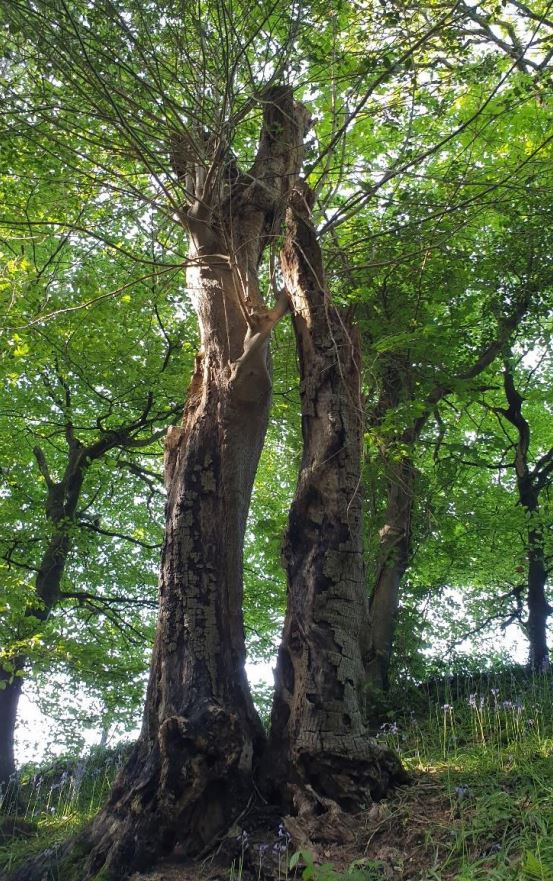
A decaying and fragmented veteran holly at Buckland Abbey, Devon
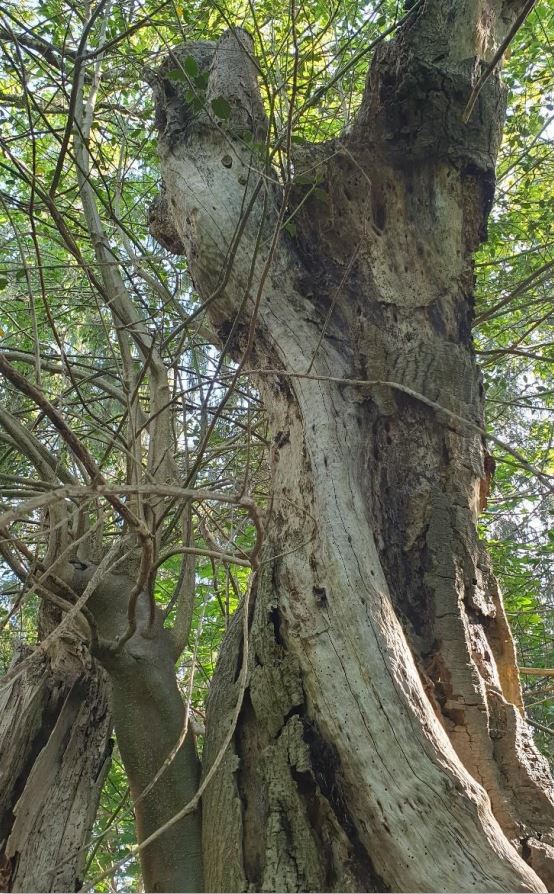
A close-up of the decay features and exposed deadwood.
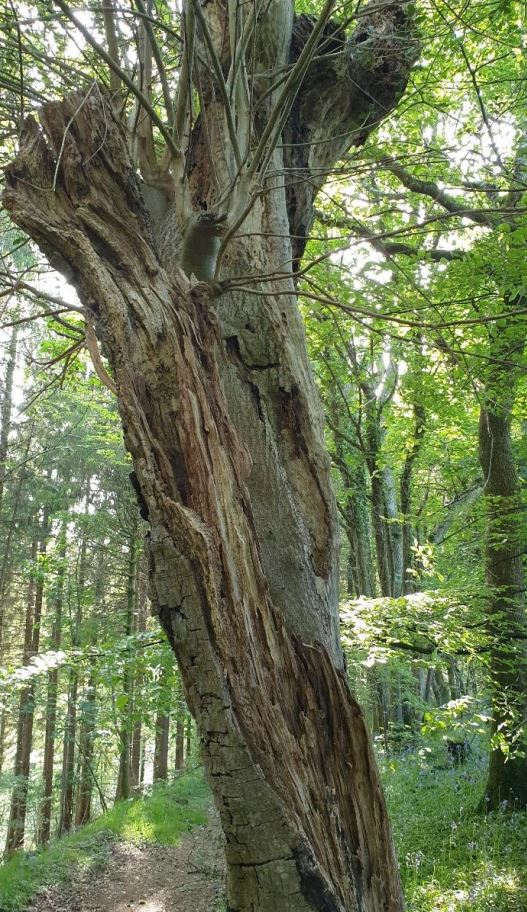
Further decay features showing highly valuable deadwood habitat.
Veteran Lime at Greenway
“This tree is special to me as I felt a sense of privilege in finding such a character; in sharing a vista across the River Dart that few visitors brave to see across the steep slopes of Greenway, but also for timing my visit perfectly to witness a cornucopia of fruiting bodies of special fungi hosted by this giant veteran. Sunshine made the fresh Lime leaves glow like jewels above the gnarly and twisted stem, pocked with epicormic swirls and fissures to mysterious cavities within. These new leaves, unseen by anyone but me as they spread for yet another coming summer, remind us that these trees are links to the past, but are also ours to safeguard into the future.”
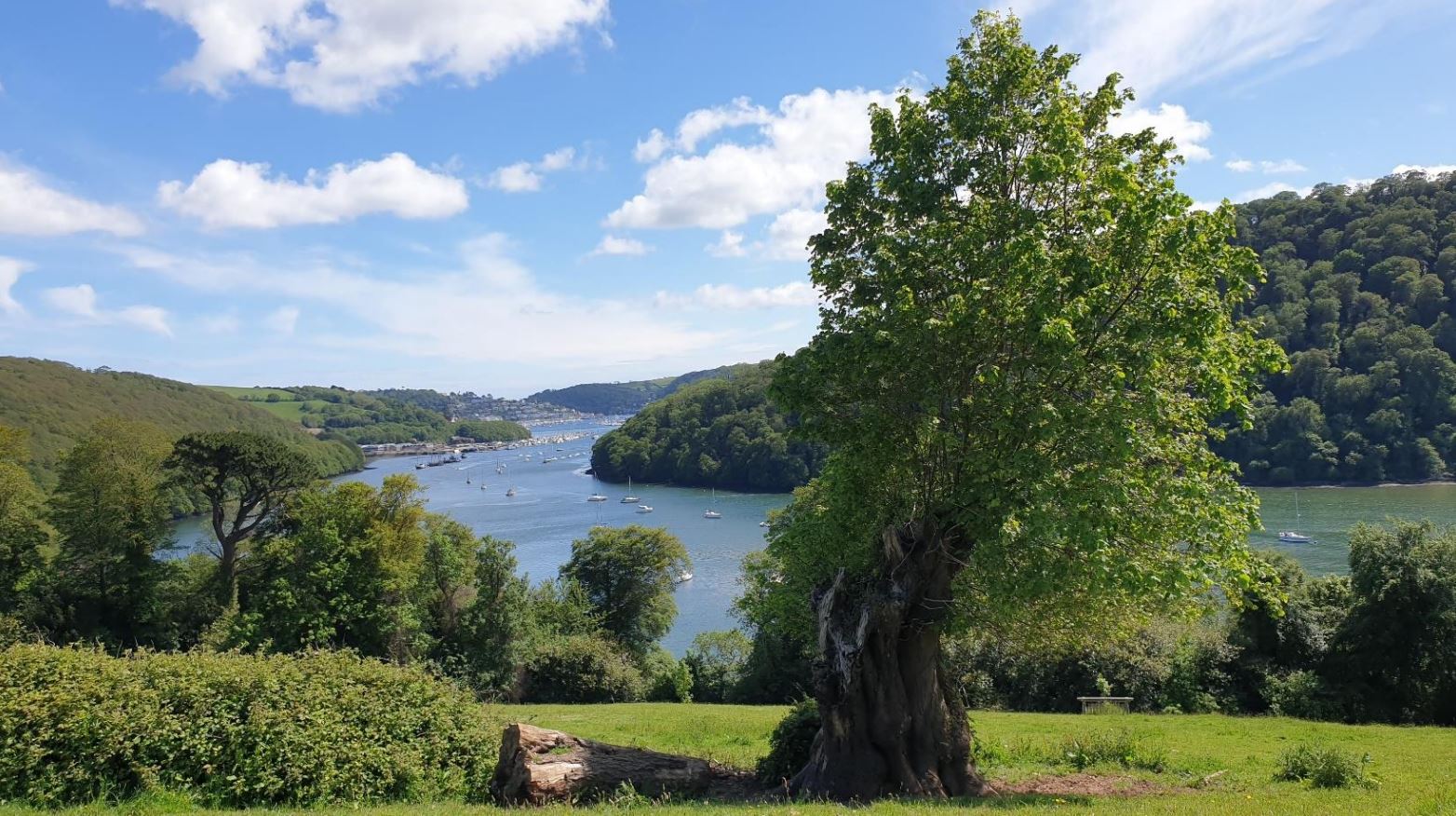
Veteran lime overlooking the River Dart, Greenway
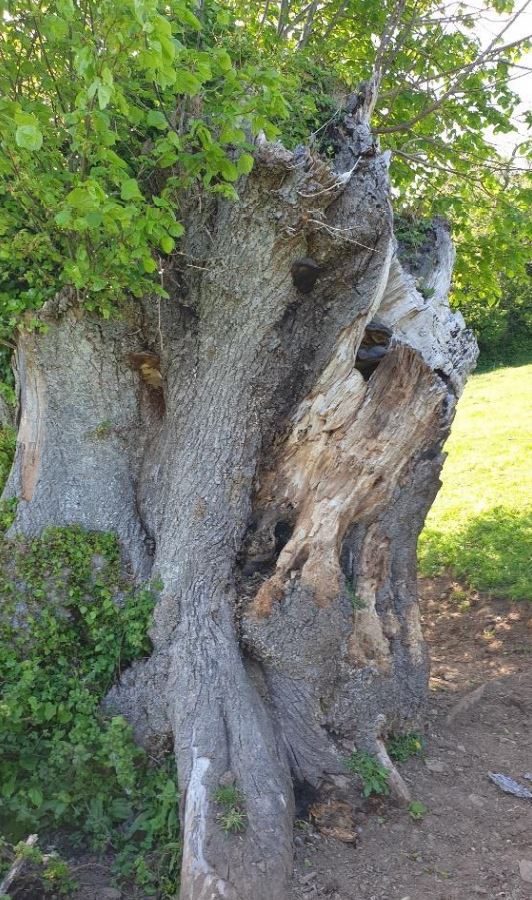
Showing the trunk of the veteran lime. The trunk has experienced heavy limb loss and decay.
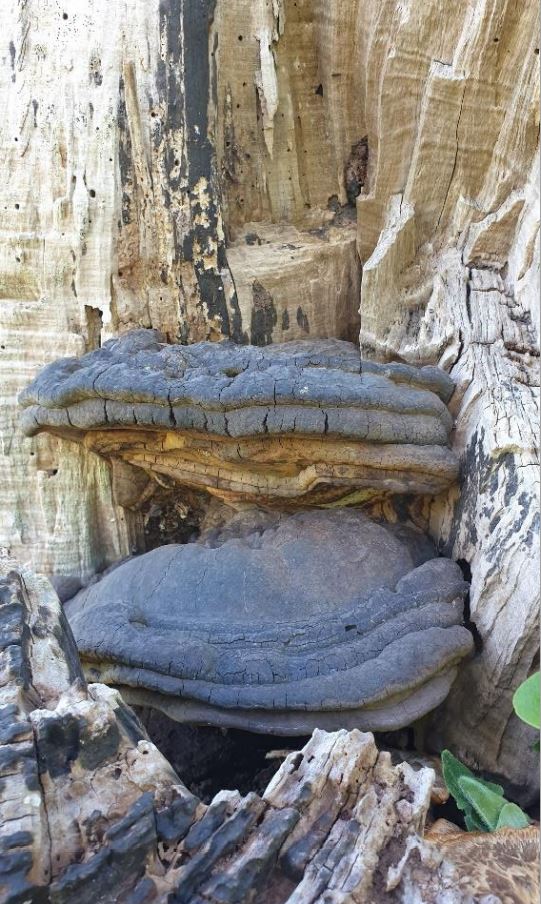
When limbs break away from the trunk this creates an opportunity for specialised fungi to colonise and enchance the natural decay process.
Veteran sessile oak, Saltram gardens
" I loved seeing this old oak in the Saltram gardens, it reminded me of hunting for fairy trees when I was younger. There was even a hollow I could imagine leading to a mystical land. I think this is part of the beauty of Ancient and Veteran trees, not only do they remind us of the history they have seen, but they can also inspire a wistful imagination often lost when we leave childhood."
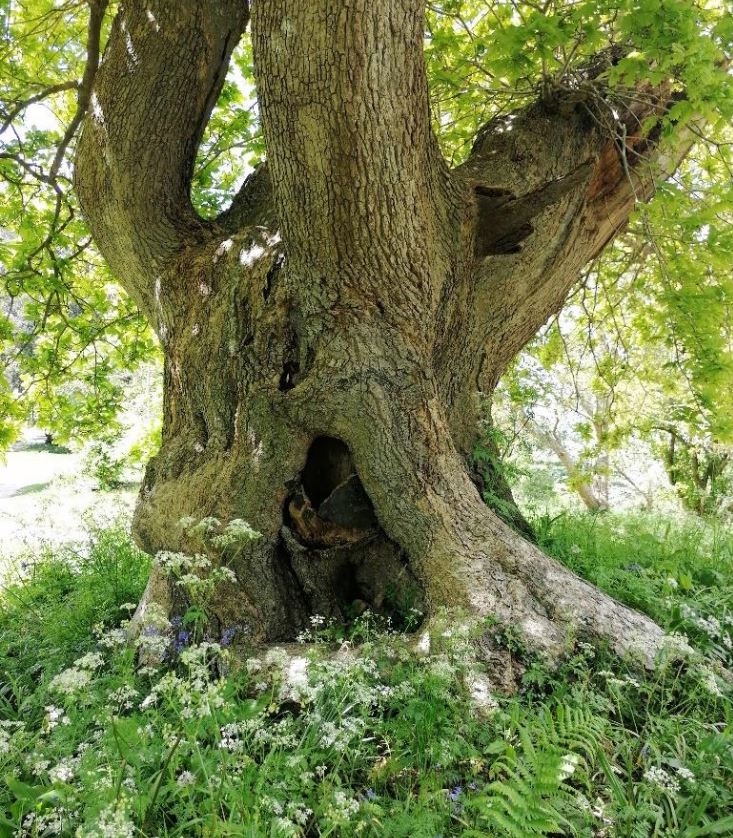
Showing the hollowing trunk and decaying limbs of this large veteran sessile oak at Saltram Gardens.
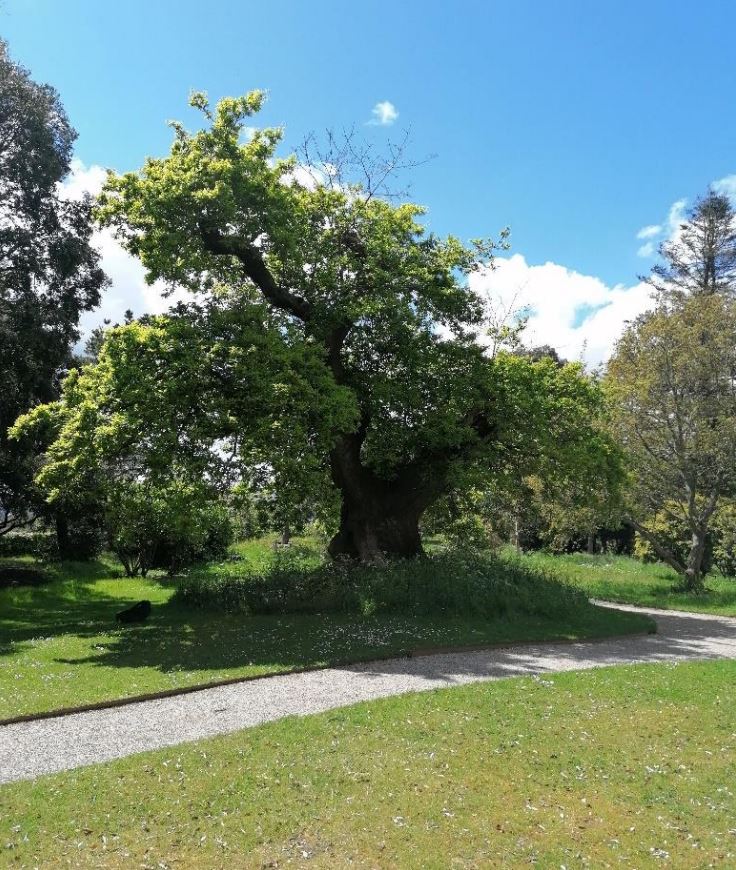
A wider shot of the veteran sessile oak at Saltram Gardens.
Veteran lime, Saltram
"I believe this photo really shows the resilience of nature. I find phoenix trees amazing in their capability to survive from
the remains of what we may have considered a destroyed stump. I think it's an important lesson not to see the
natural stresses a tree may endure as always being negative."
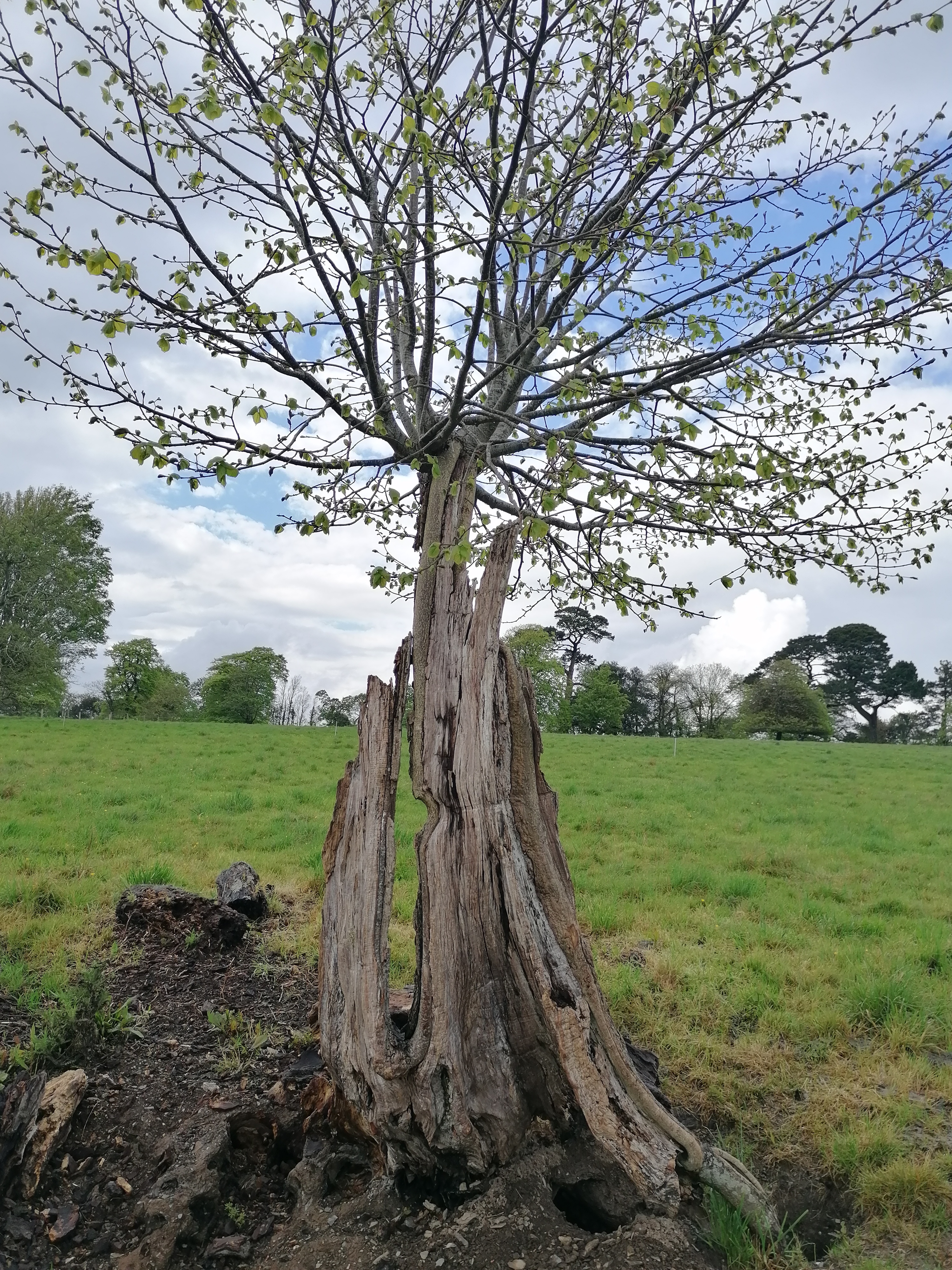
A very fragmented and decayed lime, but still living!
How Can We Manage Landscapes to Protect Veteran Trees?
Veteran and ancient trees are in decline in the UK, and like much of the natural world the future can
feel bleak. It takes hundreds of years for a tree to veteranize, but more than that, it needs a landscape
in which to thrive. The narrative is changing however, and land policy seems to be moving in the same
direction, encouraging farmers, developers and landowners – all of us in fact – to celebrate and
protect our tree populations. On the whole veteran trees need to be left well alone, without invasive
tree surgery, and with a protected growing environment. Creating the conditions for future veteran
trees to thrive is what we must do, resisting our tidying-up tendencies, identifying special trees, and
ensuring that competition or threats are reduced. They in turn will become biodiversity hotspots,
enhancing the lives of everyone and everything around them.
